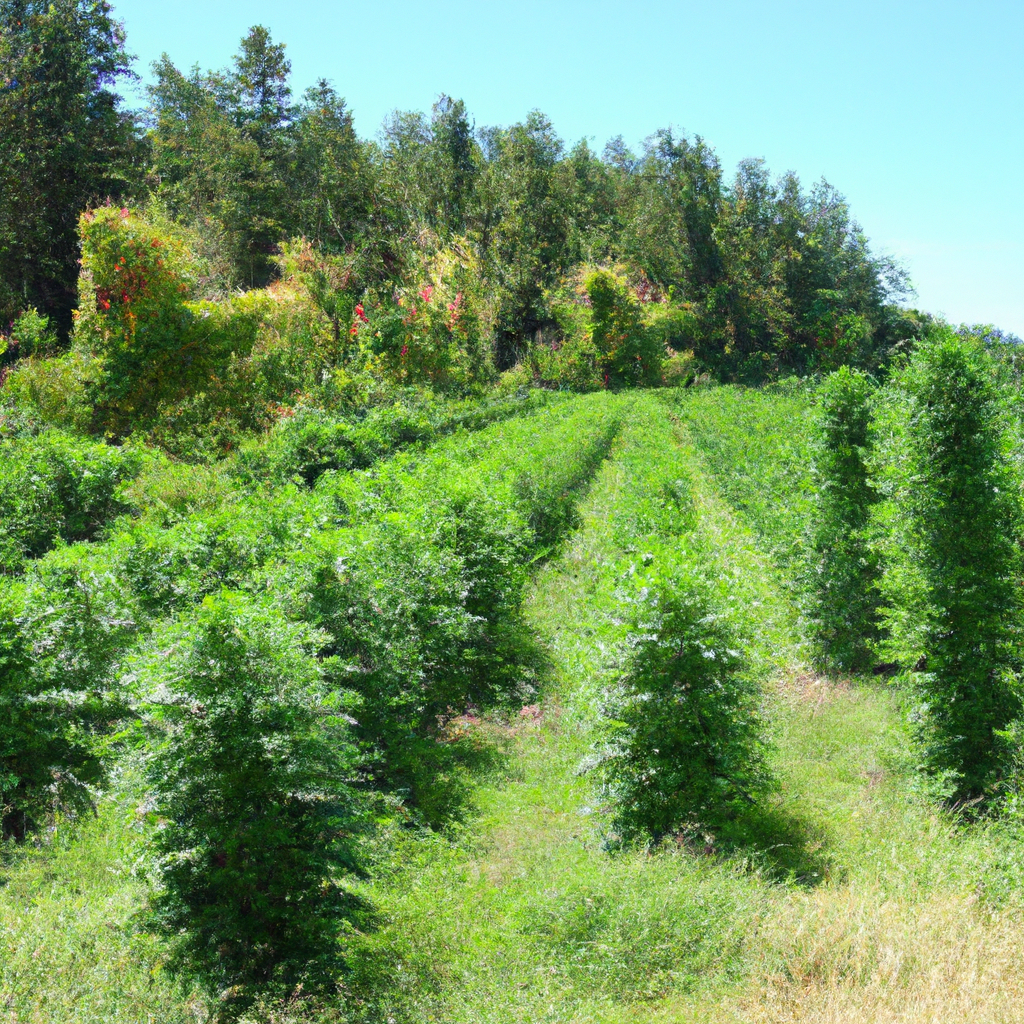In the world of sustainable cannabis cultivation, innovation often comes from looking back at time-tested methods. One such practice involves the use of natural windbreaks in outdoor grows. These windbreaks not only shield cannabis plants from harsh winds but also contribute significantly to environmental conservation efforts. Join me, John “Magic” Greenleaf, as we explore the advantages of integrating natural windbreaks into your cannabis growing practices.
The Importance of Windbreaks in Cannabis Cultivation
Wind can be both a friend and foe to cannabis plants. While mild breezes facilitate air circulation and strengthen stalks, high winds can cause physical damage, hinder growth, and lead to reduced yields. Implementing natural windbreaks—using trees, shrubs, or other plant life—creates a protective barrier, minimizing the detrimental effects of harsh winds.
- Protection: Reduce physical damage to cannabis plants.
- Microclimate Creation: Modify local climate conditions to promote optimal growth.
- Erosion Control: Prevent soil erosion by stabilizing the ground.
Creating Effective Natural Windbreaks
When designing a windbreak for your cannabis grow, think about the specific plants that will thrive in your area. Here are some steps to consider:
- Research Local Plant Species: Choose native plants that will withstand local climate conditions.
- Layered Design: Implement multiple rows with a mix of trees and shrubs for effective wind reduction.
- Maintain Biodiversity: Integrate a variety of species to support a healthy ecosystem.
Benefits of Natural Windbreaks for Sustainability
Using natural windbreaks in cannabis cultivation not only protects plants but also aligns with sustainable growing principles. These benefits enhance both environmental and economic outcomes:
- Enhanced Habitat: Provide shelter for wildlife, contributing to biodiversity.
- Reduced Chemical Use: Minimize the need for chemical wind-protection solutions.
- Energy Conservation: Decrease energy consumption by reducing the need for artificial climate controls.
Conclusion
By embracing the power of natural windbreaks, cannabis cultivators can protect their crops while promoting a more sustainable and eco-friendly growing environment. As someone who has spent years cultivating cannabis in the challenging climates of Colorado, I can assure you that these practices not only improve yields but also contribute to the overall health of our planet. Remember, “the altitude makes us tougher—and so does our weed.”
Tags: Sustainable Growing, Outdoor Growing, Environmental Control


Leave a Reply